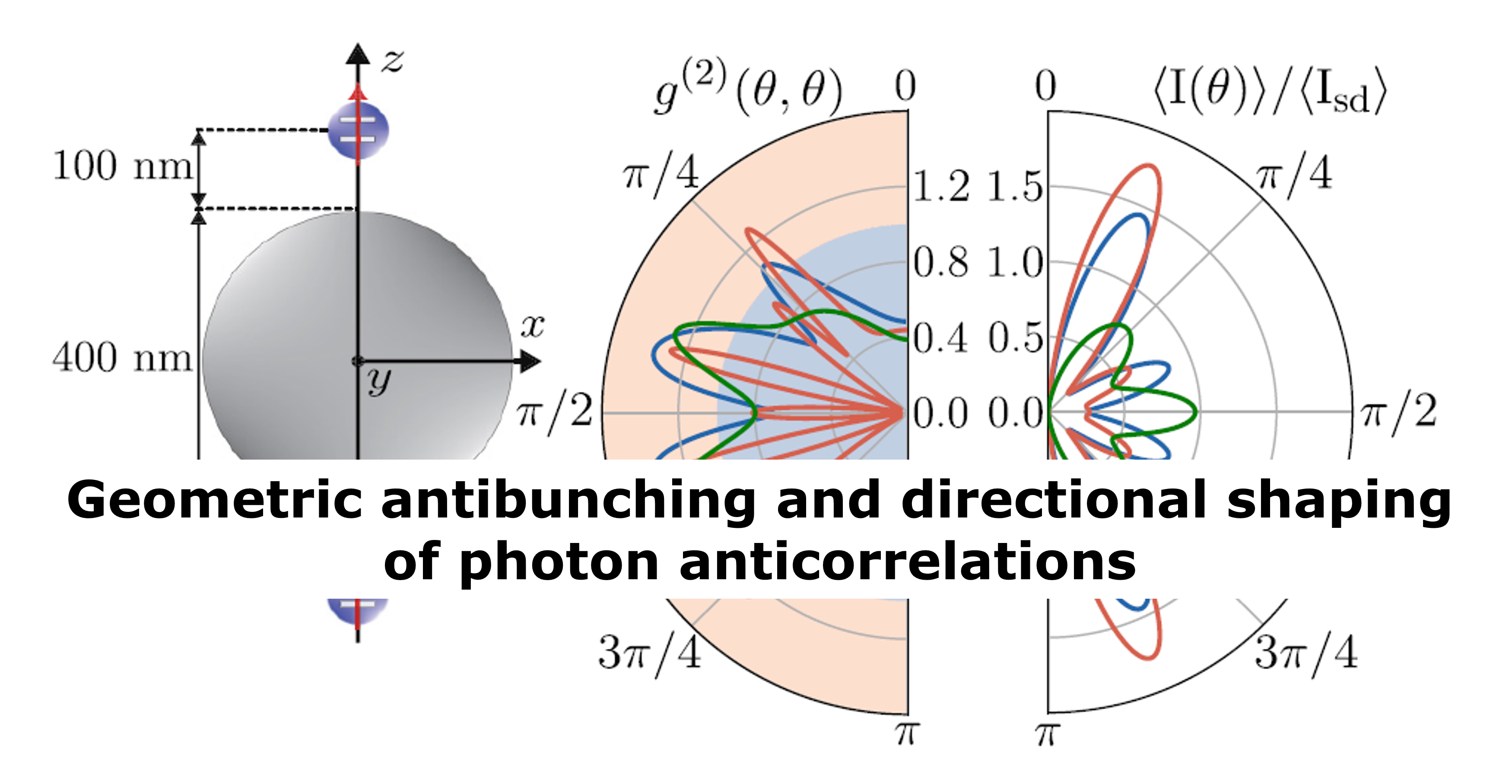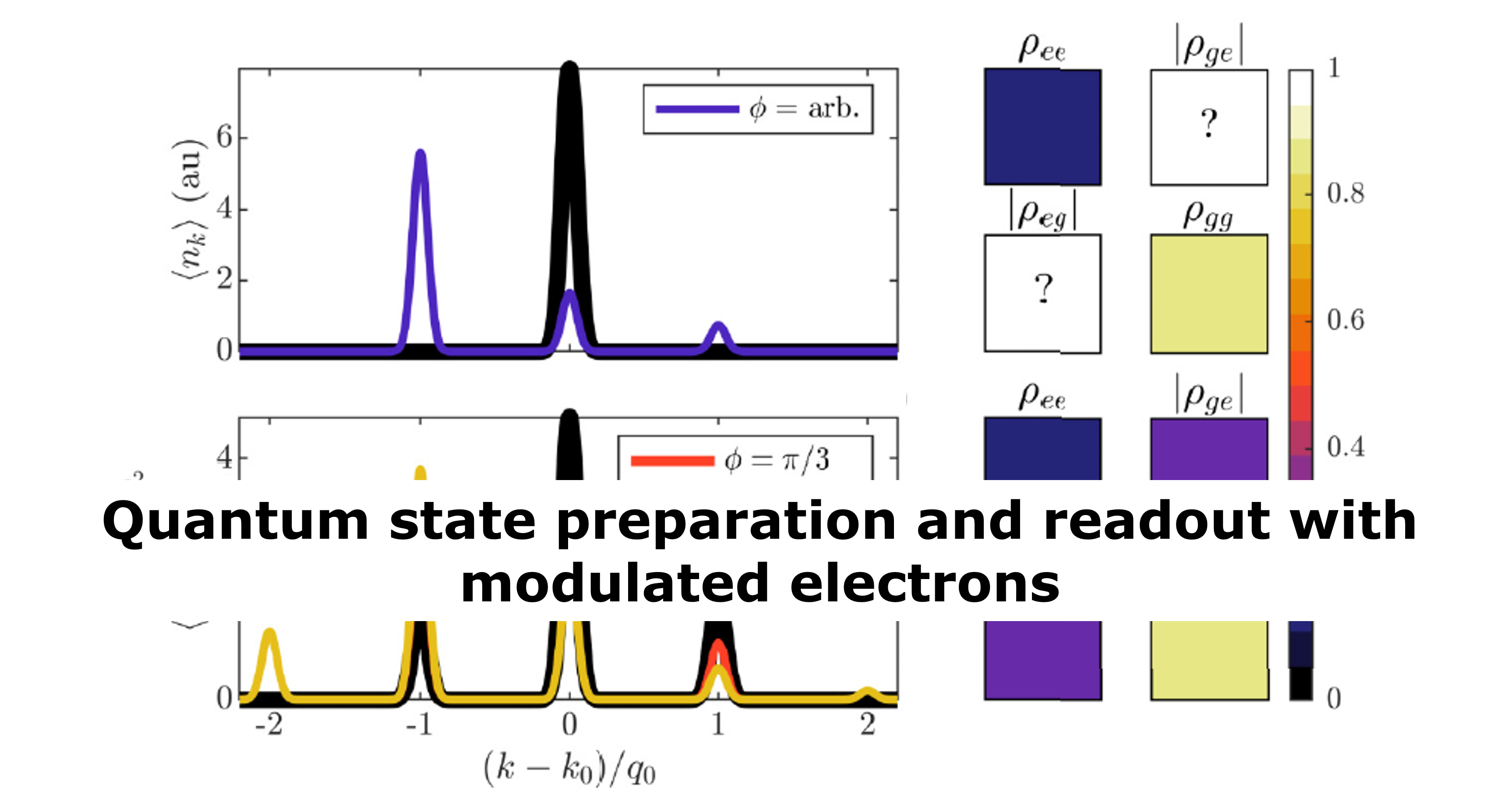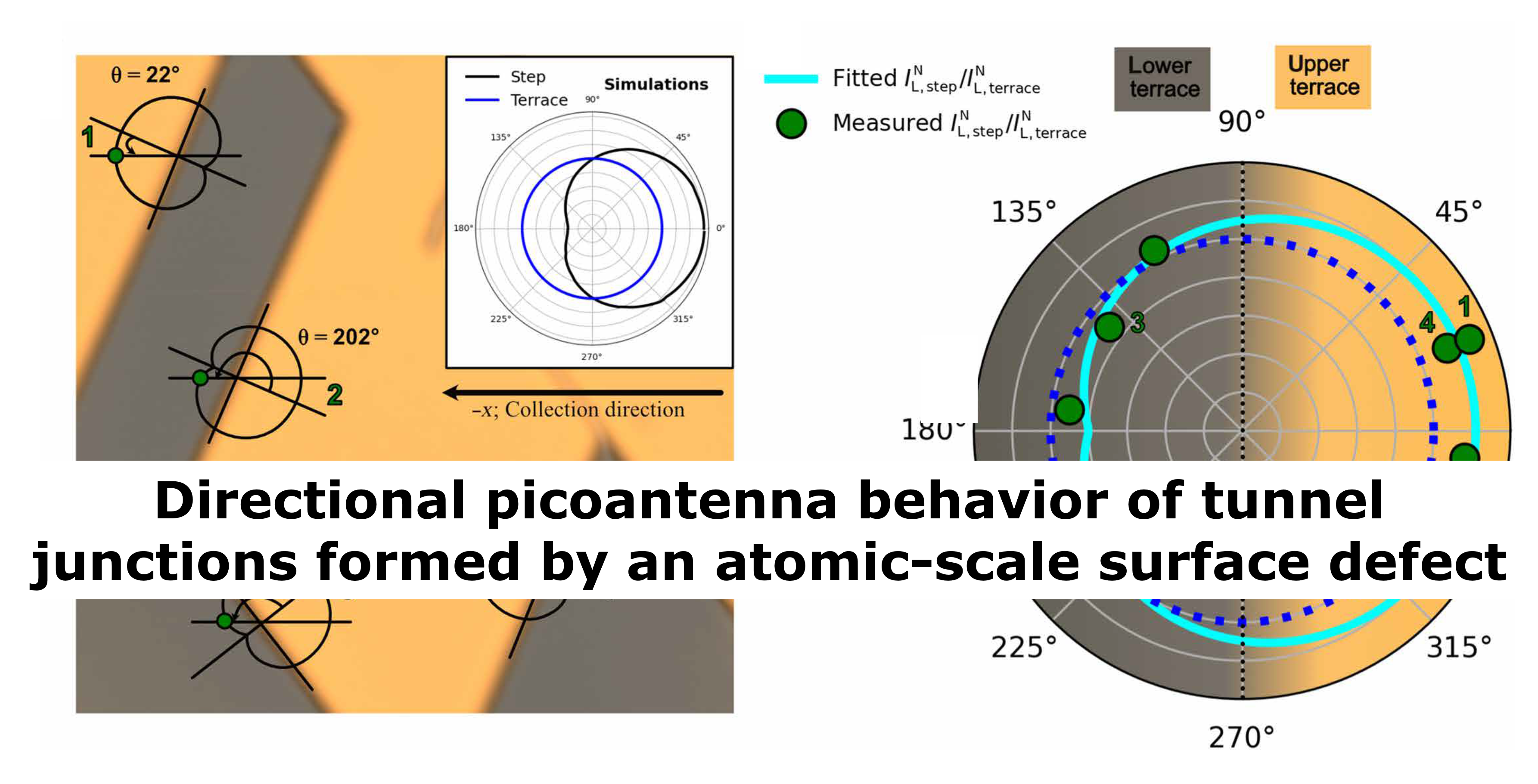About Me
I am an Associate Professor (Profesor Titular) in the Department of Theoretical Condensed Matter Physics and the Condensed Matter Physics Center IFIMAC at the Universidad Autónoma de Madrid. My research focuses on the theoretical investigation of quantum nanophotonic phenomena.
Research Interests
Transformation Nano-optics
Transformation optics is a recently-developed theoretical tool unveiling the close link between material response and geometry in Maxwell’s Equations. In recent years, this theoretical framework has been successfully applied to the study of nano-optical phenomena such as light collection and focusing by nano-antennas, non-local effects in the optical response of nanostructured metals, or van der Waals interactions at nanometric distances. In this context, I exploit the analytical insights offered by transformation optics to investigate plasmon-exciton coupling and the emergence of polaritons at the single (or few) emitter(s) level in metallic nanocavities.
Light-matter Interactions at the Nanoscale
Surface plasmons allow the confinement of visible photons well below the diffraction limit of classical optics. This plasmonic attribute is behind the fast development experienced by nanophotoncis research in the last decade. More recently, much interest has focused in the material implications of the efficient energy-momentum matching between photons and material excitations enabled by surface plasmons. In this research line, I investigate plasmon-assisted light-matter interactions in different contexts: from radiative heat transfer and exciton dynamics in complex material platforms to quantum and nonlinear optical effects in singular photonic geometries.
Quantum Nanophotonics
Nanophotonic platforms offer a wide range of strategies to tailor photon propagation and the photonic density of states at different length scales. Thus, they stand out among other candidates for quantum hardware in terms of scalability, integration and speed of operation. My interests in them is double: on the one hand, I work on devising strategies to generate quantum light in nanocavities. On the other hand, I explore the tailoring of photon-induced interactions among quantum emitters, such as molecules or quantum dots.
Spoof Plasmon Metamaterials
Metamaterials are artificial materials that can be designed to present electromagnetic properties not available in nature. Archetypical instances of metamaterial devices for visible light make use of surface plasmon resonances. This is not possible at lower frequency regimes, where metals expel electromagnetic fields in a very efficient manner. Spoof plasmons are surface electromagnetic modes that, having a purely geometric origin, allow transferring the light-confinement and focusing abilities of conventional plasmons to the infrared, THz and microwave ranges of the electromagnetic spectrum. I work in the exploitation of the tunable nature of spoof plasmons to realize intriguing and novel electromagnetic phenomena.

A. I. Fernández Domínguez
Associate Professor, Theoretical Condensed Matter Physics Department, UAM, Spain.


